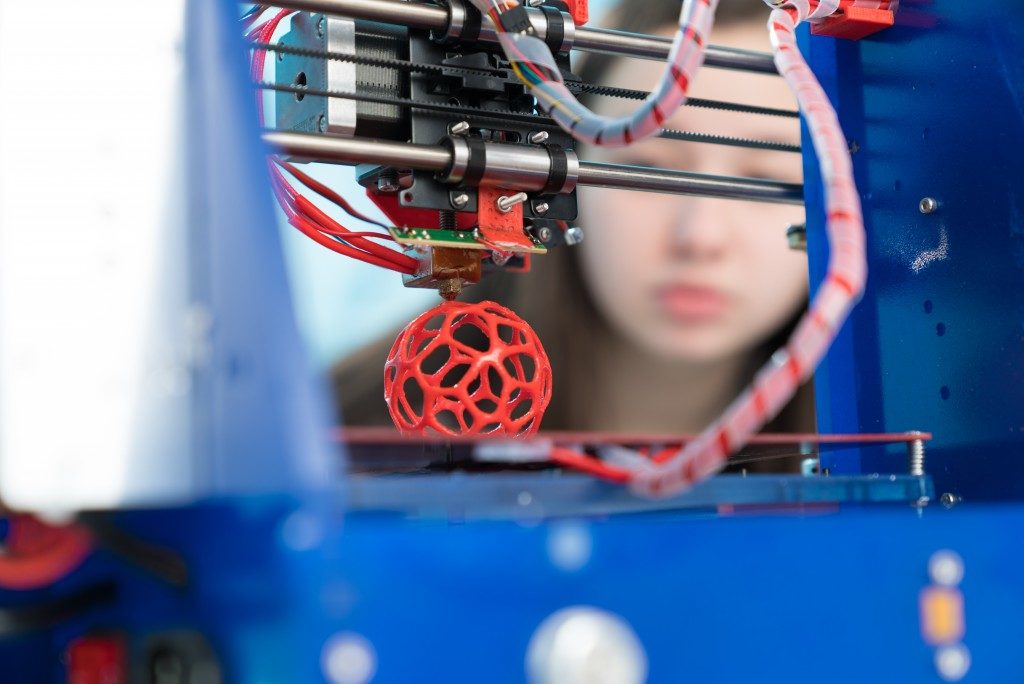3D printing continues to challenge innovation and disrupt the market. According to Freedonia Group, the global demand for additive printing will grow by an overwhelming 24% until 2021. By the end of the forecast period, the industry will be worth $5.4 billion.
MarketsandMarkets, meanwhile, forecasted significant market growth for 3D printing of metals. These include titanium, steel, nickel, and aluminum. From 2018 to 2023, it could achieve a compound annual growth rate of 28.8%. That’s equivalent to a market value of over $2 billion.
More industries, from healthcare to retail, reach out to a 3D printer supplier for a reason. This type of manufacturing improves processes and even economies in many ways.
3D Printing in Healthcare
Healthcare is one of the sectors that benefit (and will continue to do so) from 3D printing. In a 2019 report in the Journal of Healthcare Engineering, this kind of manufacturing can:
- Make studying of certain conditions, primarily orthopedic, easier
- Create prostheses and medical tools that suit the needs of the users
- Enhance medical education for patients and training for professionals
- Improve forensics
The study also highlighted the significant role of 3D printing in pre-surgical planning. Surgery remains one of the effective solutions in treating or managing several diseases. Despite the best efforts, it also increases the risks of complications.
Additive printing can make pre-planning more efficient as doctors can now customize techniques according to the patient’s needs and conditions. In turn, it can reduce complications, hospital stay, and time spent on the procedure.
3D Printing in Retail Business
Additive manufacturing also has a place in retail—in fact, it’s enormous. For one, it can help speed up the supply-chain process and even resolve inventory issues.
This type of printing can also support micro-economies, small-sized enterprises, and specialty companies. With it, businesses can be more flexible with their inventory.
They can create products on demand and on various sizes. They can generate unique and innovative goods, which will allow them to compete with existing designs.
In the age of customization, 3D printing is a prime tool. It even meets the preferences of eco-waste businesses and warriors. These days, scientists are working on producing raw materials from sustainable composites.
3D Printing in Housing

In reality, additive manufacturing for housing is still in the development stages. It is not yet mainstream, although many companies are already working on it.
For example, Apis Cor, a California startup, built one for only a day and at the cost of $10,000. New Zealand is also looking into 3D printing to curb its issue with the housing shortage.
Using this process, it can significantly reduce the time spent on planning and building. Builders, for instance, can print different sections and assemble them later on-site. It can also be more economical. It can produce less waste and energy. This can then make homes even more affordable.
3D printing still has limitations, and a couple of its applications are still prototypes or concepts. But there’s no limit to imagination. Just look how far this technology has come since the 1980s.
